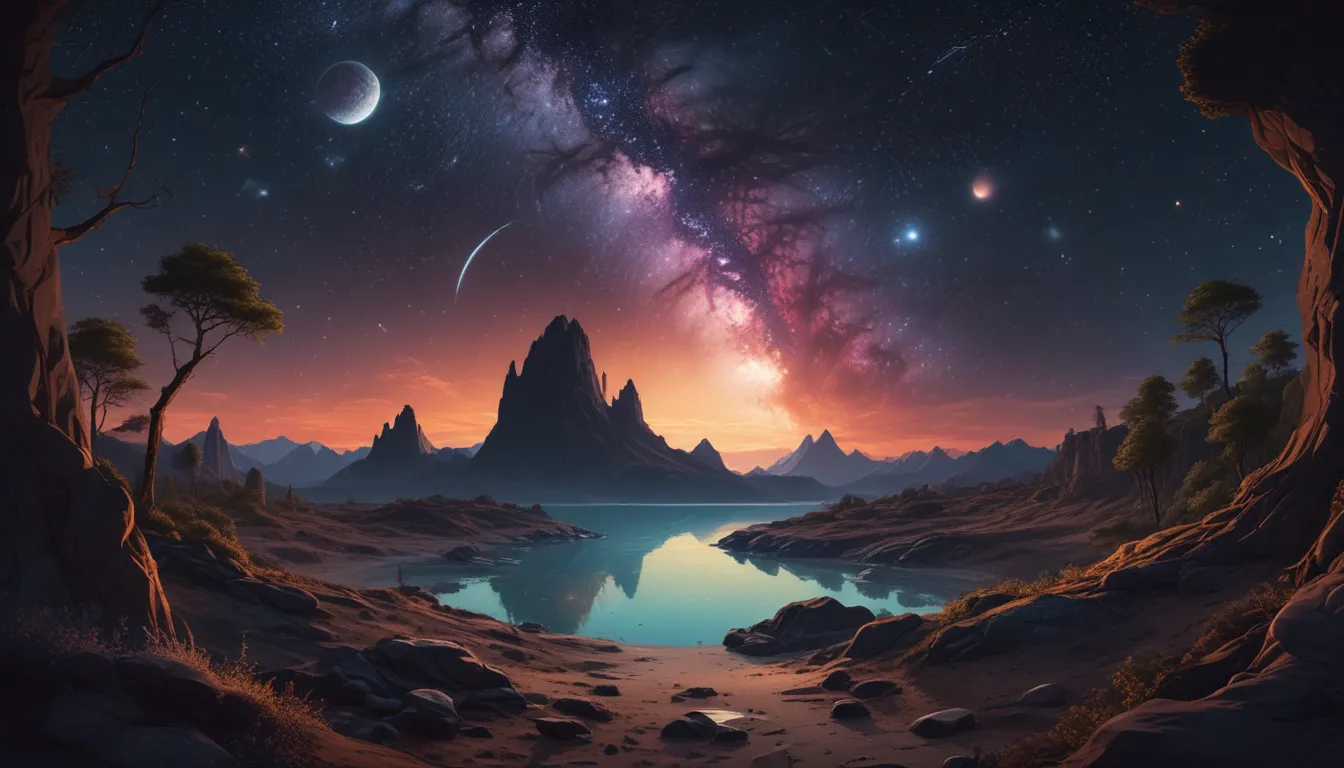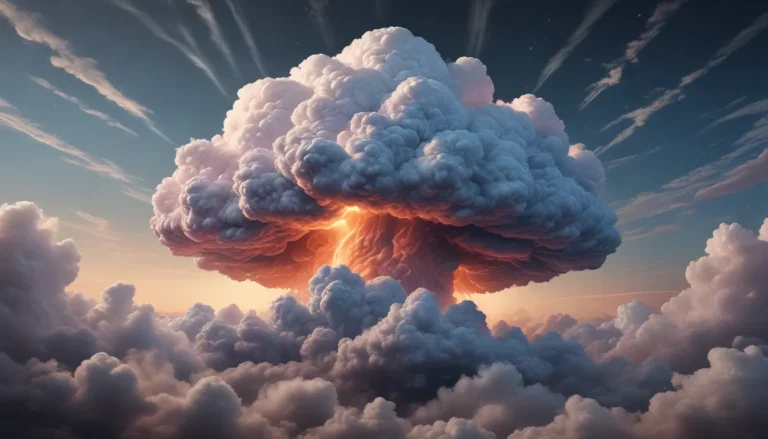A Note About Images: The images used in our articles are for illustration purposes only and may not exactly match the content. They are meant to engage readers, but the text should be relied upon for accurate information.
Embark on a journey through the mesmerizing beauty of the night sky and the mind-boggling expanse of the universe with these 16 fascinating astronomical facts. From the mysteries of distant galaxies to the incredible feats of human space exploration, prepare to be amazed as we delve into the wonders of the cosmos. Fasten your seatbelts and get ready to be transported into the awe-inspiring realm of astronomy.
Unveiling the Cosmic Giants:
- The Sun is the powerhouse of the solar system, contributing 99.8% of its total mass and providing the energy that sustains life on Earth.
- The universe is an unimaginably vast place, boasting more stars than grains of sand on Earth’s beaches, offering endless opportunities for exploration and discovery.
The Sun’s Dominance:
The Sun, a massive ball of burning gases, dominates the solar system, accounting for 99.8% of its total mass. Its immense gravitational pull keeps the planets in orbit and provides the energy necessary to sustain life on Earth. With temperatures reaching 15 million degrees Celsius at its core, the Sun undergoes nuclear fusion reactions, releasing an enormous amount of energy that illuminates the solar system and warms the planets.
The Enormity of the Universe:
The universe is a vast expanse, containing approximately 100 billion galaxies, each hosting billions of stars. Surpassing the numbers of grains of sand on Earth’s beaches, the cosmos showcases its unfathomable scale and complexity, inviting endless exploration and discovery opportunities.
Jupiter’s Giant Red Spot:
Jupiter’s Great Red Spot, a massive storm raging for over 400 years, is about 1.3 times the size of Earth. This enduring tempest highlights the dynamic nature of the planet’s atmosphere and serves as a captivating subject of study for scientists seeking to unravel its mysteries.
Cosmic Collisions and Fundamental Constants:
- The Milky Way is on a collision course with the Andromeda Galaxy, set to merge in about 4 billion years.
- The speed of light, the universal speed limit, stands at approximately 299,792 kilometers per second.
Galactic Clash:
Our home galaxy, the Milky Way, is hurtling towards a collision with the neighboring Andromeda Galaxy, a cosmic event projected to occur in 4 billion years. While this collision will form a new, larger galaxy, direct collisions between stars are unlikely due to the vast distances between them.
The Speed of Light:
The speed of light, a fundamental constant in physics, races through space at an astonishing rate of 299,792 kilometers per second. Shaping our understanding of the cosmos, this universal speed limit influences celestial behaviors and the fabric of space and time.
The Age of the Universe:
Scientific calculations estimate the universe to be approximately 13.8 billion years old. This cosmic calendar delineates the evolution of the cosmos, from its explosive birth to the formation of galaxies, stars, and planets over billions of years.
Jupiter’s Gravity and Solar Core Temperatures:
- The surface gravity on Jupiter is 2.4 times stronger than Earth’s.
- The temperature at the core of the Sun soars to about 15 million degrees Celsius.
Insights from Hubble and Martian Volcanoes:
- The Hubble Space Telescope captures images of galaxies billions of light-years away.
- Mars boasts Olympus Mons, the largest volcano in the solar system.
Earth’s Extended Atmosphere and the Kuiper Belt:
- The Earth’s atmosphere extends beyond the Moon, showcasing its protective role in regulating temperature.
- The Kuiper Belt, located beyond Neptune, teems with icy bodies and dwarf planets, offering insights into solar system formation.
Orbiting the Earth and the Jurassic Crab Nebula:
- The International Space Station travels at an impressive speed of approximately 28,000 kilometers per hour.
- The asteroid belt between Mars and Jupiter hosts millions of rocky objects, shedding light on planetary formation.
The Supernova Remnant and Black Hole Origins:
- The Crab Nebula, a remnant of a supernova explosion witnessed in 1054, continues to captivate astronomers.
- The concept of black holes, proposed by John Michell in the late 18th century, remains a cornerstone of space exploration.
Conclusion:
In conclusion, the universe’s wonders continue to captivate and intrigue us, offering a wealth of insights into the cosmos’ mysteries. From the infinite beauty of celestial phenomena to the mind-boggling scales of cosmic entities, astronomy unveils a breathtaking tapestry of discoveries. As we delve deeper into space, we gain valuable perspectives on our cosmic origins and our place in the universe. Let these astronomical facts be a guiding light as we navigate the cosmic wonders that await our exploration.
Encouraging Exploration and Curiosity:
Delve into the captivating world of astronomers and their groundbreaking discoveries that shape our understanding of the cosmos. Explore a collection of amazing facts about these stargazing experts, their unique perspectives, and their invaluable contributions to unraveling the mysteries of space. Prepare to be inspired by the dedication and passion of astronomers as they continue to push the boundaries of knowledge and exploration in the boundless expanse of the universe.
Embracing Trust and Authenticity:
Our commitment to delivering trustworthy and engaging content ensures that each fact shared is a result of real user contributions. With meticulous editing processes in place, rest assured that the facts presented are not only fascinating but also credible. Trust in our dedication to quality and authenticity as you embark on a journey of curiosity and learning with us.






